© Copyright 2013, T. Stanfill Benns ( All emphasis within quotes is the author’s unless indicated otherwise.)
Introduction
If you are here, you have come to answer questions posed by the present crises in the Church. You need to resolve these questions in your mind before making a final decision about what you should do and believe as a true Catholic. There are four considerations necessary to determine that the present apostate church in Rome cannot possibly be the Catholic Church. If you are a sedevacantist, you perhaps already accept the fact that John 23 was a false pope but may not have seen all the proofs needed to reach formal certitude in this matter. Those proofs are presented here.
Once you have determined Roncalli never became pope, then it is necessary for you to firmly erase from your mind all that he and his successors did as pope as null and void, utterly useless and not worth further consideration or discussion. This includes the creation of Montini as cardinal, the appointment of any other “cardinals,” the appointment of any and all bishops or other clergy to any positions whatsoever, the introduction of the Peoples (Dialogue) Mass authorized in 1959, the 1962 changes to the Missal, any other liturgical alterations, the calling of the false Vatican 2 council, and all subsequent papal elections. This is why you will see only a minimal discussion of the antipopes, also the “errors of Vatican 2” on this site. To treat in any way the person or actions of these men, even as antipopes, is to give them credibility they do not possess.
The four considerations mentioned above are:
1. Was Roncalli a heretic pre-election? See the article /articles/a-catholics-course-of-study/traditionalist-heresies-and-errors/heresies-concerning-papal-authority/proof-of-angelo-roncallis-john-23rds-pre-election-heresy/ also the articles on heresy, and those written on Cum ex…
2. Was Roncalli guilty of election offenses that voided his election? The proof has been provided to determine this at /articles/a-catholics-course-of-study/lay-elections-and-false-popes/death-knell-for-good-pope-john/; also in /articles/a-catholics-course-of-study/lay-elections-and-false-popes/was-pope-john-xxiii-really-a-pope/ In addition, please read Vacantis Apostolica Sedis (VAS), paras. 94 and 96, (see link below in no. 4) and the canons posted for excommunication of cardinals for election offenses.
3. Could the cardinals elect a true pope after Roncalli’s death? See the article link in no. 1, above. See also /articles/a-catholics-course-of-study/lay-elections-and-false-popes/the-truth-about-papal-claims/
4. Was the 1958 election null and void in and of itself? See Pope Pius XII’s constitution on papal elections Vacantis Apostolicae Sedis (VAS) at /articles/a-catholics-course-of-study/canon-law/apostolic-constitution-vacantis-apostolicae-sedis/ . The preamble of this papal election law tells us that Pope Pius XII did everything in his power to make provision for the eventuality of a papal election gone wrong. He pulled out all the stops to protect the rights and laws of the Church. If we view this infallible papal document in light of what happened after Roncalli’s “election,” there should be no doubt in our minds that the dangers he anticipated all were present in 1958. In electing Roncalli and participating in the false Vatican 2 council; in accepting and celebrating the Novus Ordo Missae and the changes in the Sacraments; in acknowledging all men following Roncalli as pope, these men the world believed to be faithful cardinals in 1958 are shown to be what they truly were: apostates, heretics, traitors, Freemasons, Modernists and much more.
Conclusions draws from 1958 invalid election
This provides a basis for judging where exactly we are today. That we realized it only after the fact is not the point. We know it now, and in retrospect we can say that if two-thirds of these men elected Roncalli, then two-thirds of the cardinals were intent on destroying the Church and the other third were cowards. The remaining third could have separated themselves and elected a true pope; in fact they were bound to do this, as was done with the election of Innocent II. But they chose to go along with the rest, sinning by silence and subterfuge. The others violated the rights of the Church by placing a heretic and otherwise unworthy candidate on Peter’s throne then failing to remove him as prescribed in Pope Paul IV’s Cum ex Apostolatus Officio. Once Roncalli’s heresies were manifest, and it didn’t take long, all were complicit in his crimes. Contrary to Pius XII’s constitution, they violated Divine law and infallible papal laws in changing the Mass and Sacraments and because Roncalli lost his office as cardinal owing to heresy and ruled only as a layman, he usurped the rights of the papacy. Therefore, if VAS is read and understood in its totality, the cardinals failed to protect the rights of the Church and they violated papal laws in allowing Roncalli’s election. As a result, that election was null and void, as Pope Pius XII clearly teaches in his constitution.
While only a true pope can make a final and formal determination that Roncalli and his “successors” were antipopes, these articles will show that St. Robert Bellarmine even teaches that even a man who is NOT a heretic can forfeit the papacy if he is considered to be one. Also it will be proven that on several occasions, the Church has routinely deposed antipopes and their clergy, as was the case at Constance, the Lateran Council and with antipope Anacletus II in St. Bernard’s day. And of course there is the Bull of Pope Paul IV, Cum ex Apostolatus Officio, which makes clear that usurpers never receive any authority whatsoever and so never perform any valid acts.
Of course the laity can denounce the ministrations of heretics and schismatics as invalid on their own authority and demand their removal, considering them as actually removed, (Pope Paul IV’s Cum ex Apostolatus Officio). But they cannot proceed to a papal election; this is reserved only to any remaining faithful cardinals, (and there were none), and in their absence faithful bishops, (if any remain imprisoned or in hiding). This is no different than those actions allowed under Canons 1935, 2259, 2294, where laity are permitted to denounce for good reasons “all and sundry” who presume to minister as heretics or the juridically infamous.
Once the massive preponderance of evidence on this site concerning Roncalli is reviewed, including all the indicators of his heresy pre-election as well as post-election, there can be no doubt he was never eligible as a candidate for the papacy to begin with. It must be remembered that in defining heresy, subterfuge and manner of action are included in the definition, and the heresy can be implicit as well as explicit, (although Roncalli’s were explicit in many cases). I maintain that if such a denial cannot be found to exist in his many writings and speeches, it can never exist. Moreover his words and actions constitute ALL of the conditions listed in Can. 1325: [at least] implicit denial of the faith, a contempt of religion, an insult to God AND scandal of the neighbor. No honest Catholic could ever claim that it does not meet the canonical criteria for heresy. And given the fact that he created Montini a cardinal and elicited his cooperation with him in many of his papal works, also that he recommended Montini’s election on his deathbed, there can be no doubt concerning his true intent. Failure to finger and denounce him as a notorious heretic is a violation of Can. 2316 (suspicion of heresy).
Probable opinions not valid regarding means to salvation, Sacraments
According to the opinions of seven different theologians, fulfilling the moral prerequisites for establishing true probability, “There is no schism involved…if one refuses obedience [to a pope] inasmuch as one suspects the person of the Pope or the validity of his election…” (The Communication of Catholics with Schismatics, Rev. Ignatius J, Szal, A.B., J.C.L.). This is true because:
- Pope Innocent II says it is forbidden to use a probable opinion to determine those things necessary to the validity of the Sacraments (DZ 1151) and it is the unanimous opinion of modern theologians that this also applies to those things necessary to eternal salvation, (Rev. Dominic Prummer, Handbook of Moral Theology 1957).
- Pope Boniface VIII taught that no one will be saved unless s/he is entirely subject to the Roman Pontiff, (DZ 469).
- Being subject to the Roman Pontiff is necessary to salvation, so one must follow the safer opinion concerning the valid election of any pope as expressed in Can. 2200 concerning presumption: that one suspect of heresy is presumed guilty until the contrary is proven.
Now Pope Pius XII teaches in his Vacantis Apostolicae Sedis that no one deposed (for heresy or schism) may vote in the election or become pope. This is the unanimous opinion of theologians and the Fathers of the Church, as St. Robert Bellarmine teaches. Such heresy, however, must be manifest or clearly demonstrated, which the above articles will prove. And no true pope could ever, as a successor of St. Peter, err in a matter of faith or morals; this both Pope Paul IV in his Cum ex Apostolatus Officio and the Vatican Council teach unequivocally. This leads us to the following conclusion concerning the “popes” following Pius XII:
- Christ guaranteed, and Pope Paul IV’s Cum ex… also the Vatican Council have decreed that no true pope could ever teach error to the faithful AS POPE.
- So when we see a man calling himself pope teaching error we know the Church has condemned as a heresy then we must believe that such a man cannot be pope; for Christ must ever be true to His promises.
- According to Pope Paul IV’s Cum ex… then, such a man must either have been a public or occult heretic pre-election, but once his heresy becomes manifest, as St. Bellarmine teaches, then he is able to be deposed as a non-pope.
Even Traditionalists admit there are serious reasons for questioning the legitimacy of John 23rd’s election. Pope Paul IV grants us permission to judge these matters in Cum ex Apostolatus Officio. St. Alphonsus Liguori, who is to moral theology what St. Thomas Aquinas is to philosophy, teaches that it is not only possible for the laity to judge whether heresy has been committed, but it is obligatory for them to denounce it. If we wish to be free of the operation of error, we must choose the safer course. In establishing Can. 2220 as a presumption of law, this is precisely what the Church prescribes, even in the case of material heretics Please study the site section on heresy most carefully, in order to avoid falling into the traps set by Traditionalists concerning the identification of heresy.
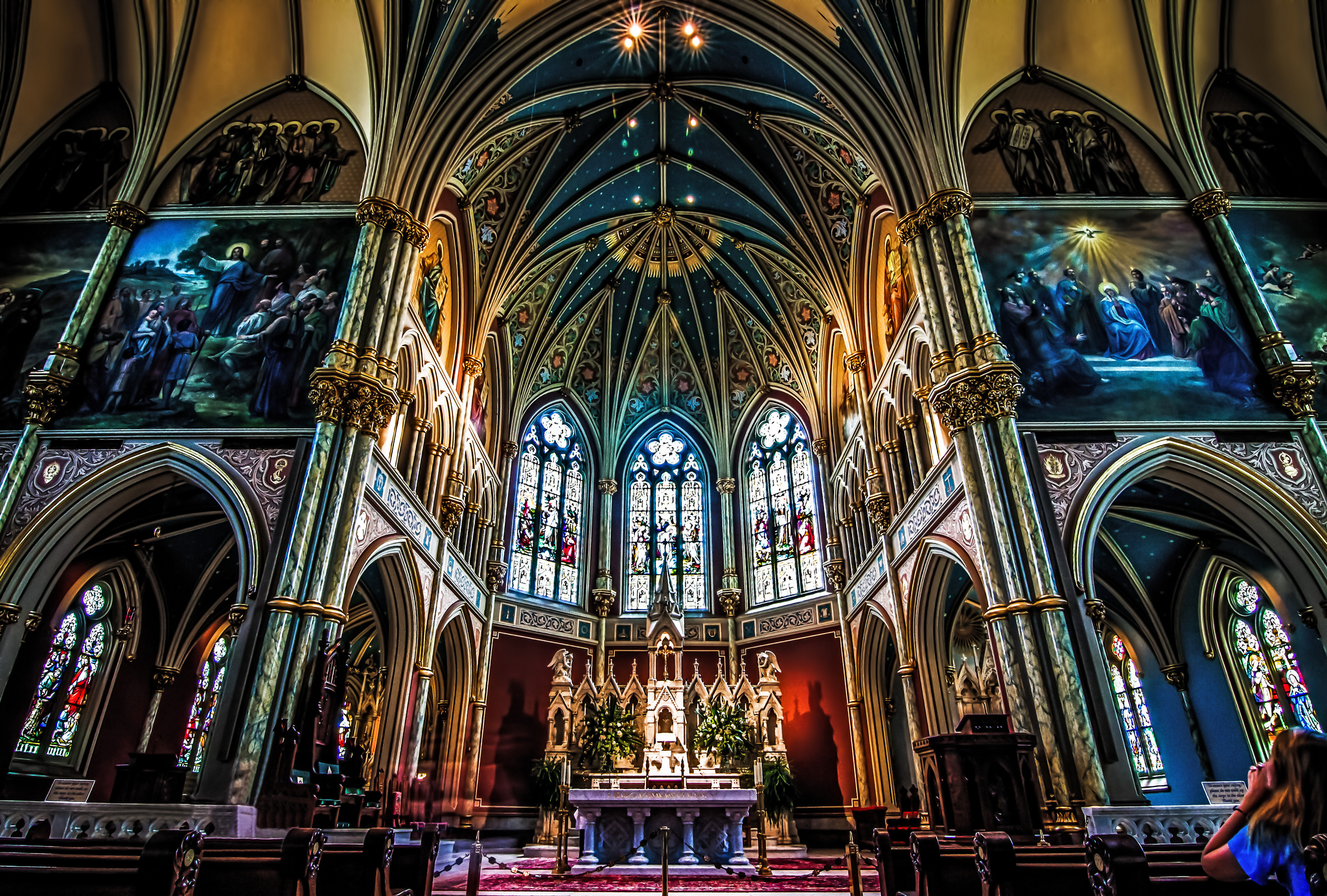
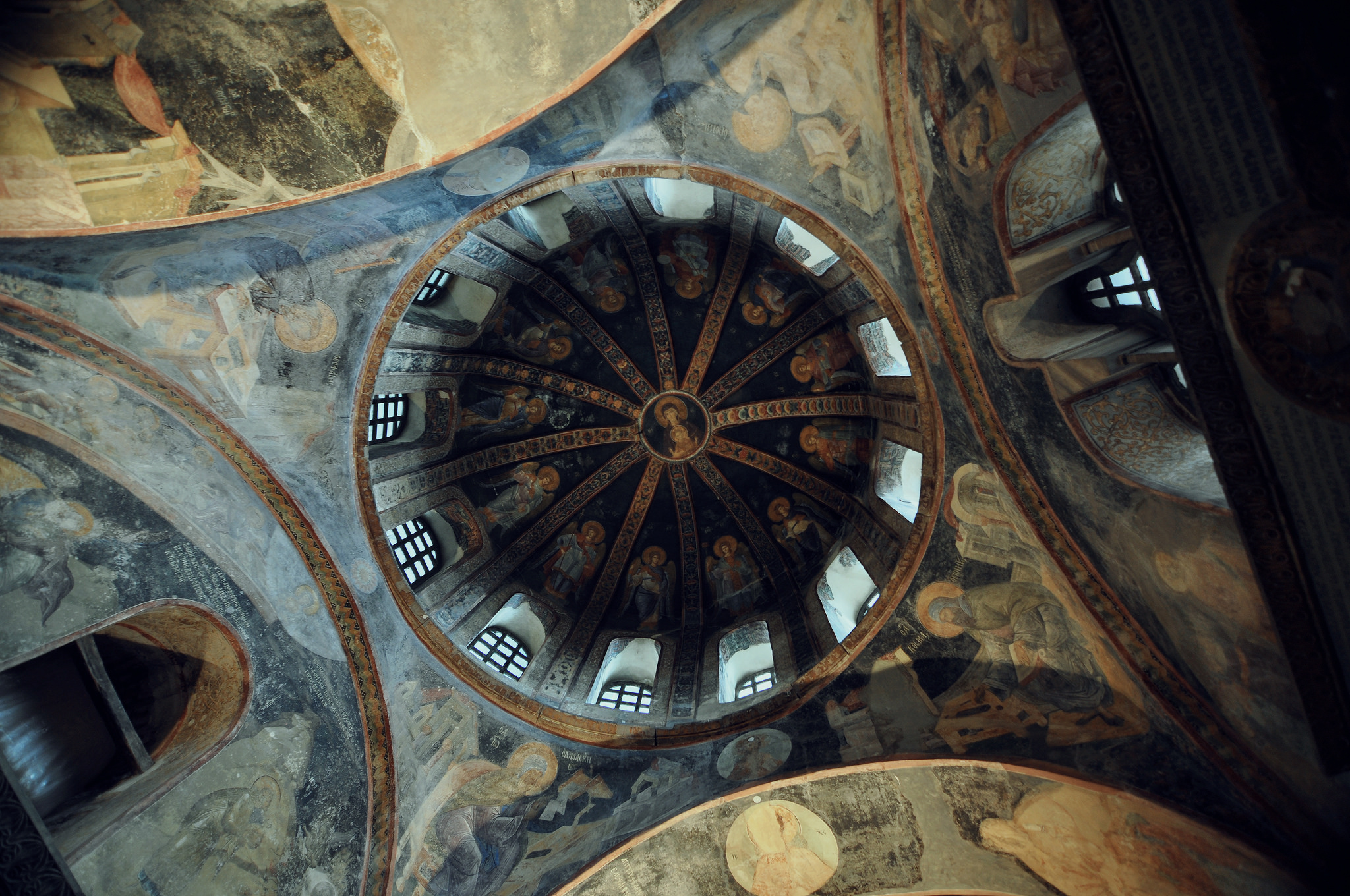
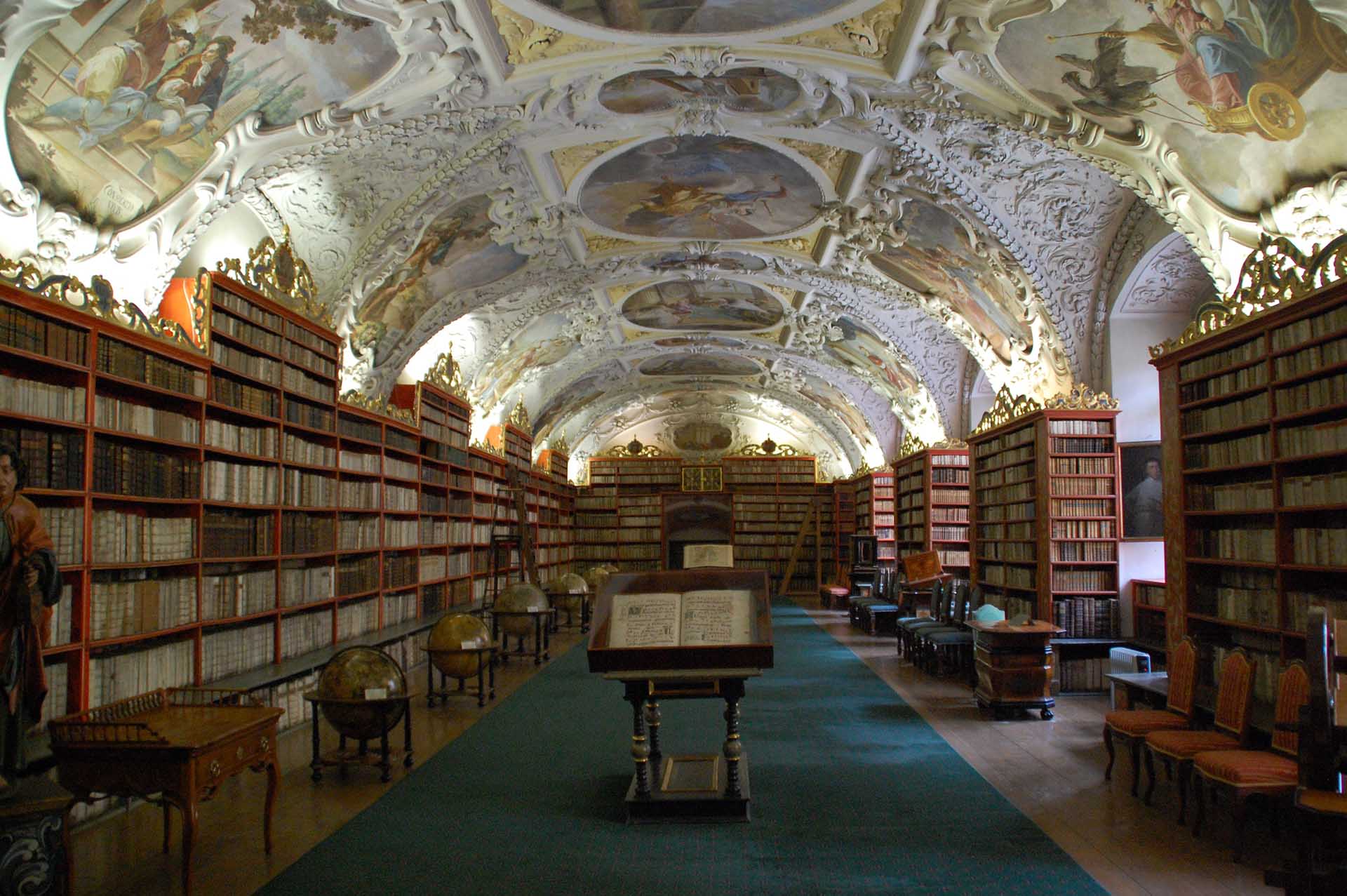
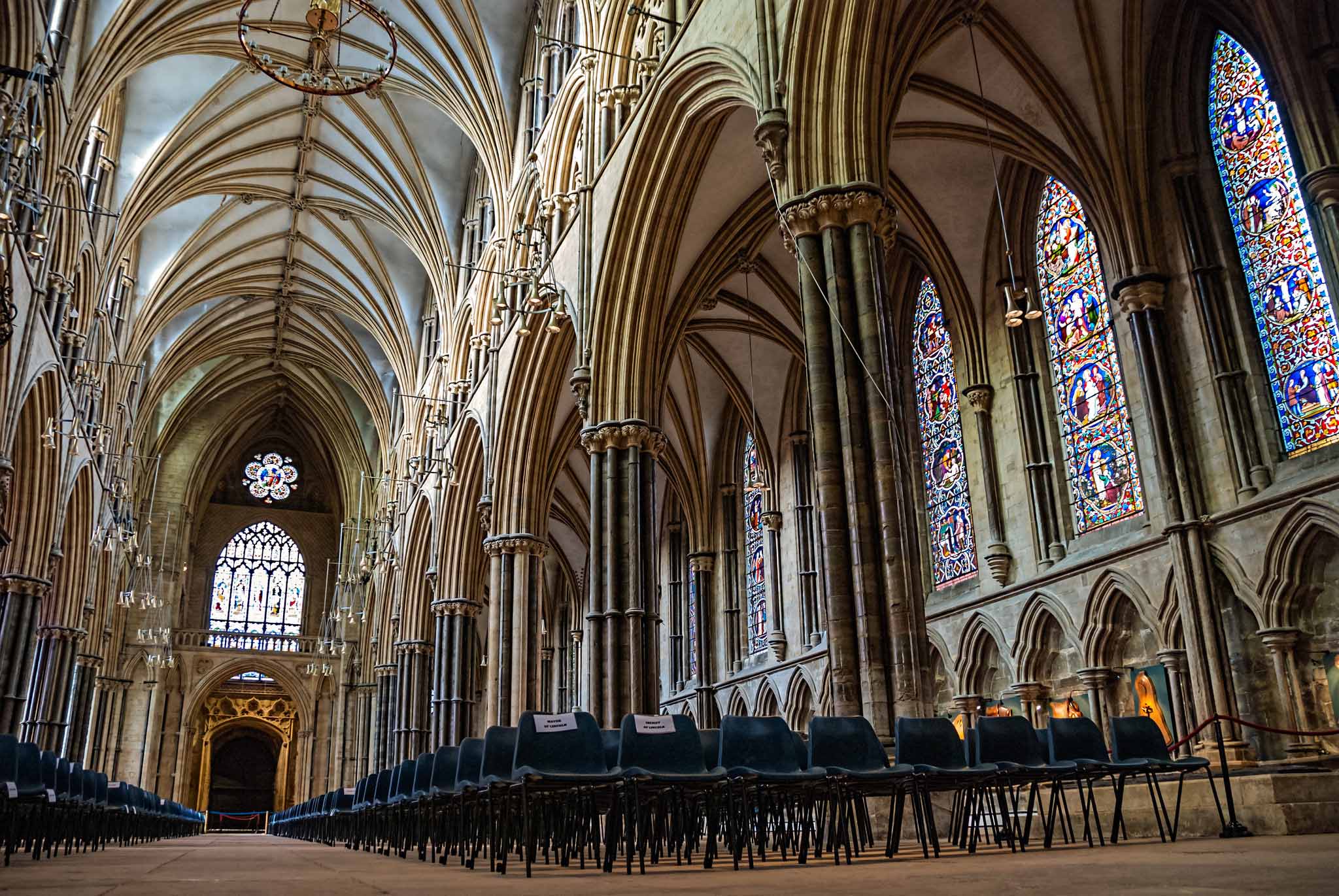
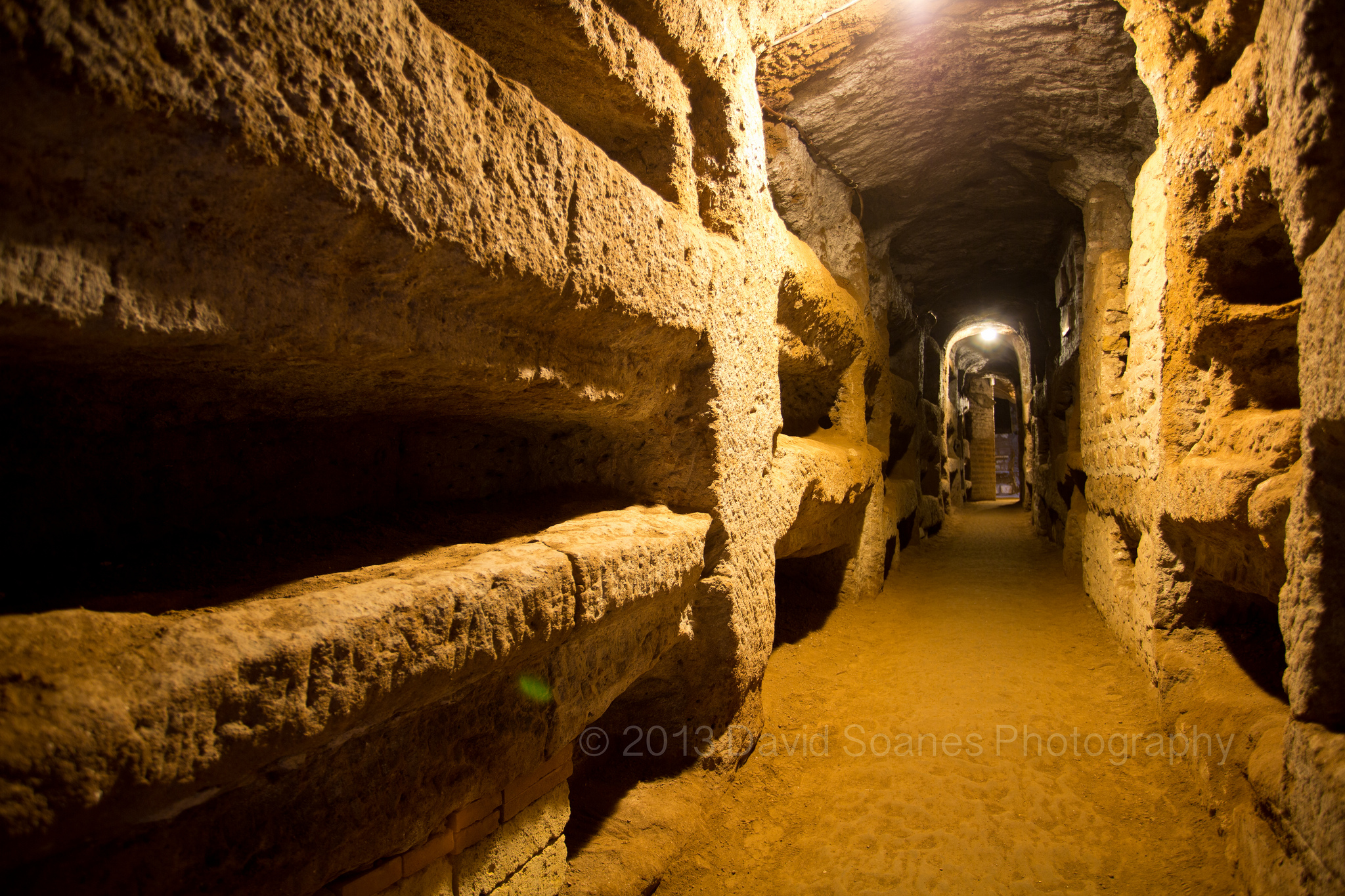

Trackbacks/Pingbacks